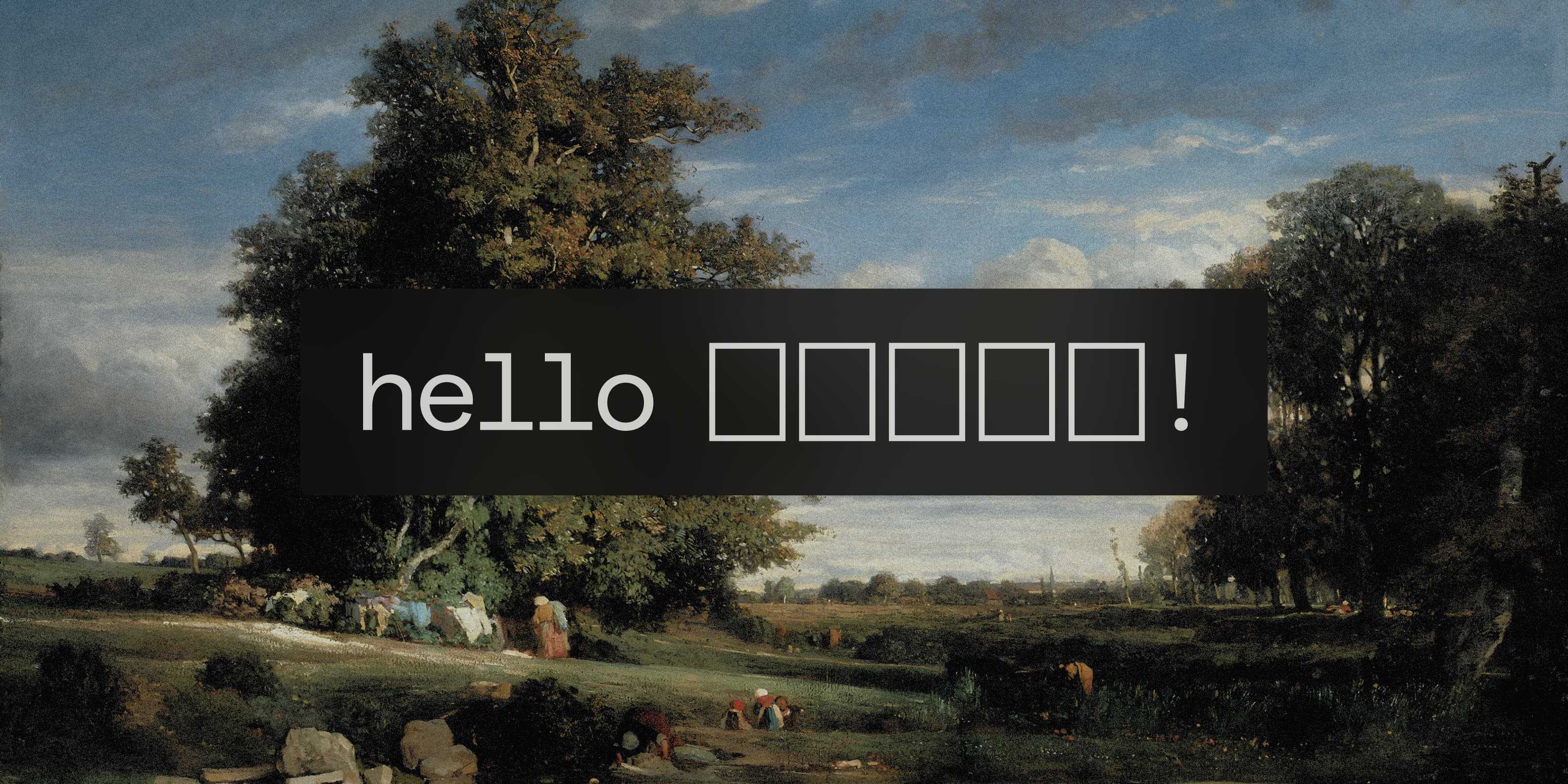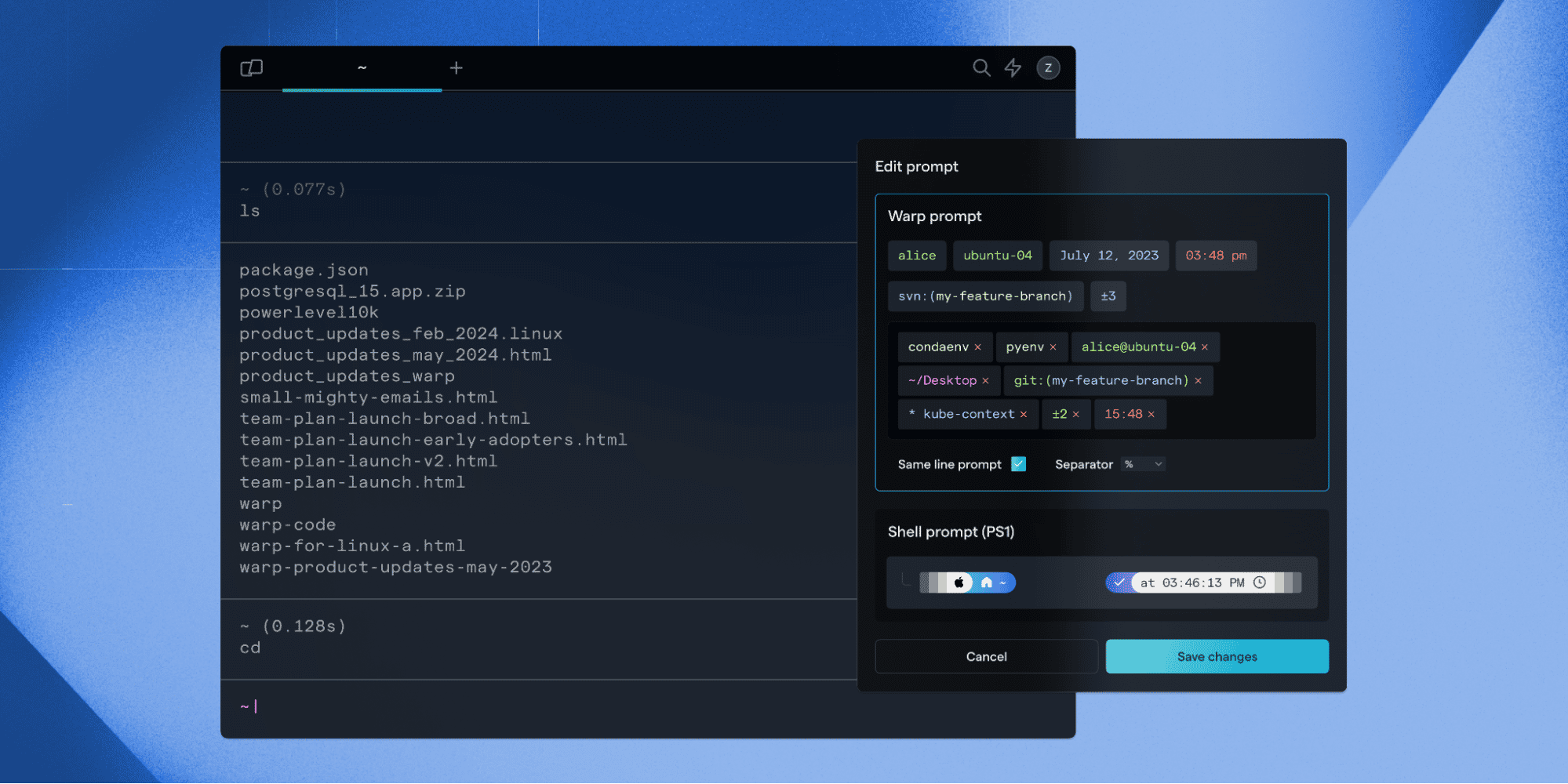Shippable Innovation: How one Hack Week produced five ready-to-launch features
John Rector
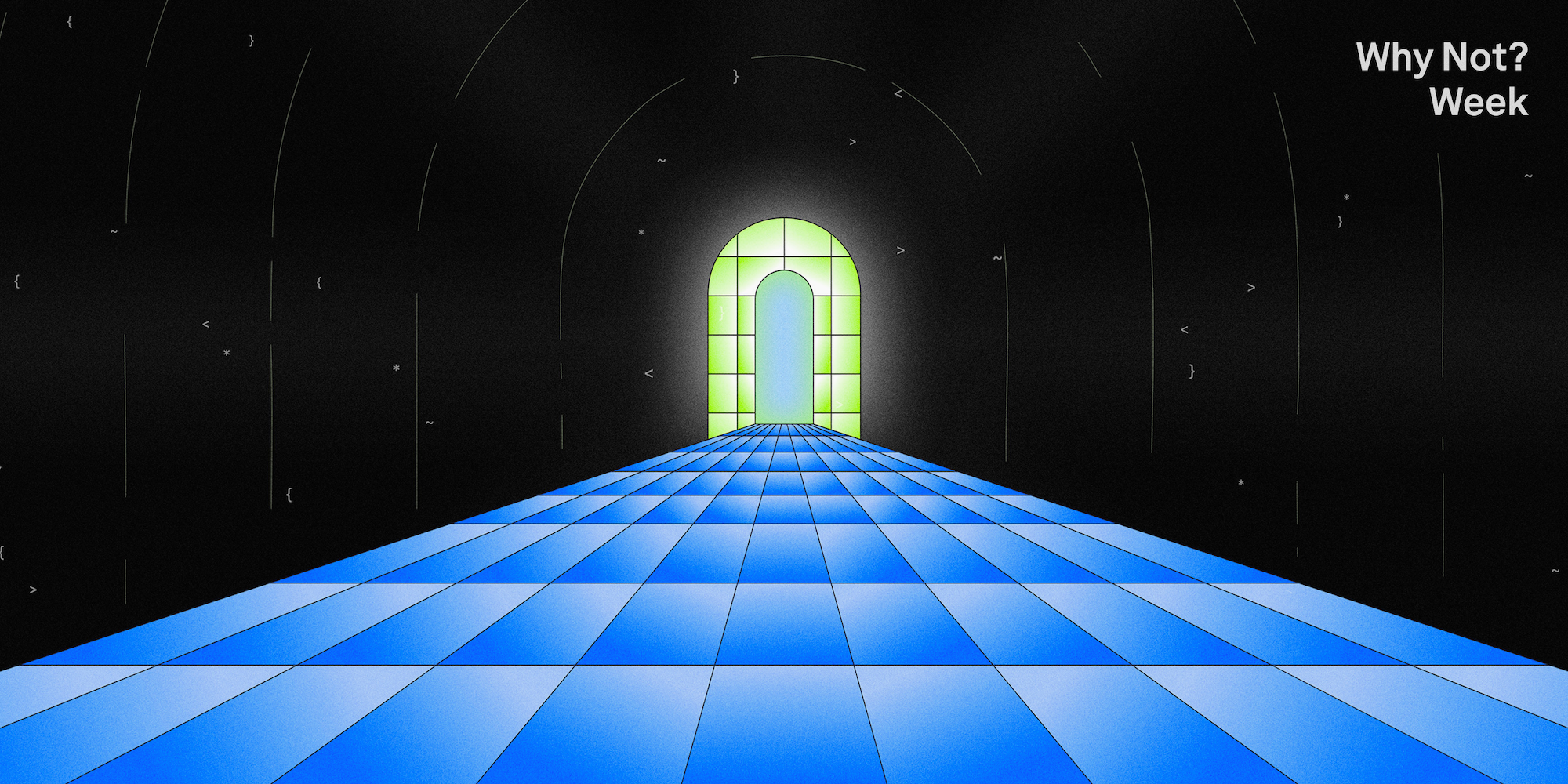
This week Warp launched a new feature every day as part of a “Why Not?” Week. What may be surprising to some is that almost all of the features launched this week were developed during a company Hack Week only one month ago.
To recap, here’s everything new to Warp that came out of the recent Hack Week:
- AI-powered autofill for workflows in Warp Drive
- Create a new theme from an image
- Customizable Warp prompt with drag-and-drop context chips
- Rich history in Command Search
- Reopen your recently closed session
Beyond those five ready-to-go features, the Hack Week also produced several high quality features we’re holding on deck and will be able to share soon.
It’s common for engineering teams to plan Hack Weeks to break out of the routine, flex creativity, and collaborate with colleagues from other teams. It’s less common for those Hack Weeks to yield features that are ready to release.
In this post, I’ll share how we planned our Hack Week at Warp and why I think it led to so many shippable features.
Planning ahead for a successful Hack Week
First, it’s worth calling out: Warp is a remote-first, fully distributed company. While we could have planned travel to gather together for an in-person Hack Week, we knew we wanted to schedule this Hack Week remotely, which is our default operating mode.
A month before Hack Week, I shared the upcoming Hack Week dates so team leads could start to clear their calendars. During Hack Week, we removed all internal engineering meetings and 1:1s. The only exceptions were external meetings, like interviews and debriefs for hiring new teammates.
At this point, Hack Week was mostly an idea with a theme, “Driving Innovation for Warp” but we knew we had space to make it happen.
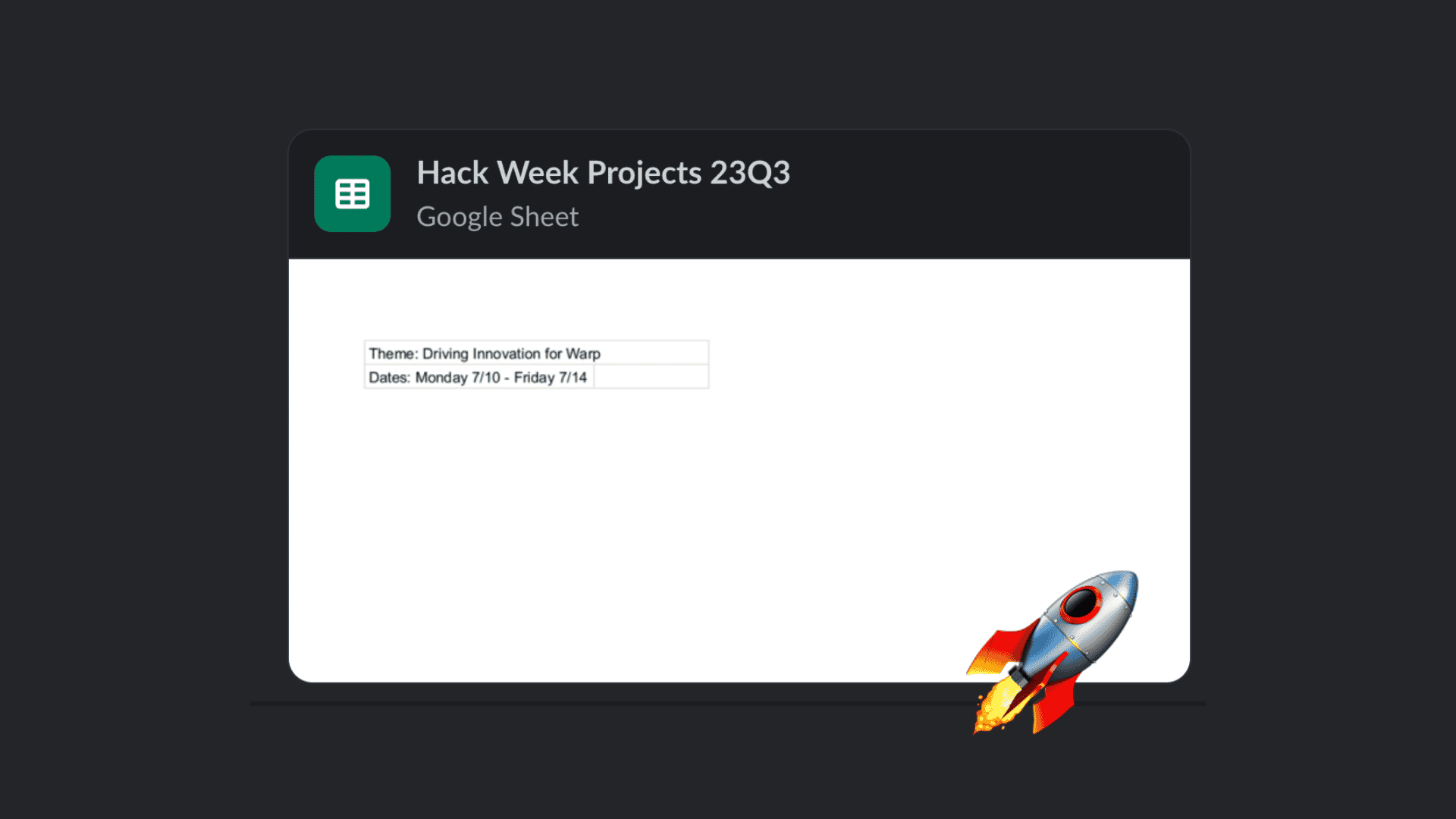
Kicking things off with a simple spreadsheet.
Next, we put together a Google Sheet to begin gathering candidate ideas for Hack Week projects. For each project, I asked for a short summary and a team lead.
Then I worked with team leads to bucket proposed projects into two categories:
- 1. Strategic Prototypes: “Go bananas” and build a prototype to demo without worrying about code quality. The goal for these projects was to build a great demo for the board, and to impact Warp’s strategic planning.
- 2. Shippable Innovations: Follow an accelerated version of Warp’s normal process for feature development and stick to a high quality bar but scope it tightly to work you can complete in one week.
From this moment on, it was clear some of the projects could have potential for releasing into the app, at least from a code quality perspective.
One week before Hack Week, we used one of our daily team standups to talk through every project with the whole team. We let the project leads evangelize their ideas and gather feedback from product and technical leaders. On one hand, we wanted to be fully transparent about every project and how our leads thought it fit for Warp; on the other hand, we didn’t want to discourage people from working on whatever project they thought was most interesting.
Then, we asked the project leads to estimate the number of people required for each project. Our goal was not to split up the team evenly across each project, but to know how many people each project needed and could support.
At this point, we started a dedicated #hack-week-2023 Slack channel and started recruiting for signups.
In the end, we ended up with 10 teams ranging from one to four people each.
Repurposing meetings during Hack Week
During Hack Week, we repurposed as many of Warp’s existing calendar meetings as we could.
The Monday company all-hands? Turned into Hack Week kickoff.
Daily standup? Hack Week progress updates.
The only additional meeting schedule was for demos and presentations on Friday afternoon.
Beyond that, team leads could choose to schedule meetings for collaborating in real-time or discussing parts of the projects. Many chose to schedule their own team kickoffs or get design jams on the books.
Working in public during Hack Week
Each team created a dedicated, temporary Slack channel. You could think of these Slack channels as project huddle rooms, including both the team member(s) and people advising the project on design, technical or product plans.

Organizing Hack Week channels on a thread.
Team members shared Figma files, Loom videos, pull requests, and screenshots as they worked. Tough problems got hashed out in discussion threads. Many :mind-blown: emojis were shared.
Celebrating our work
On Friday afternoon, we gathered to demo the results of the Hack Week. The quality of the projects was phenomenal.
In addition to shippable features that were practically ready-to-go, we also saw:
- Research exploring Warp for educational use cases
- An impressive conceptual demo for adding animations into the Warp app, and
- The beginnings of a technically complex interaction improvement for Warp blocks
Together with our Design lead, we scheduled a special Hackies award presentation to recognize the team for their accomplishments. Teams were awarded prizes in categories like Most Ambitious, Best Security, Best AI and Most Innovative.
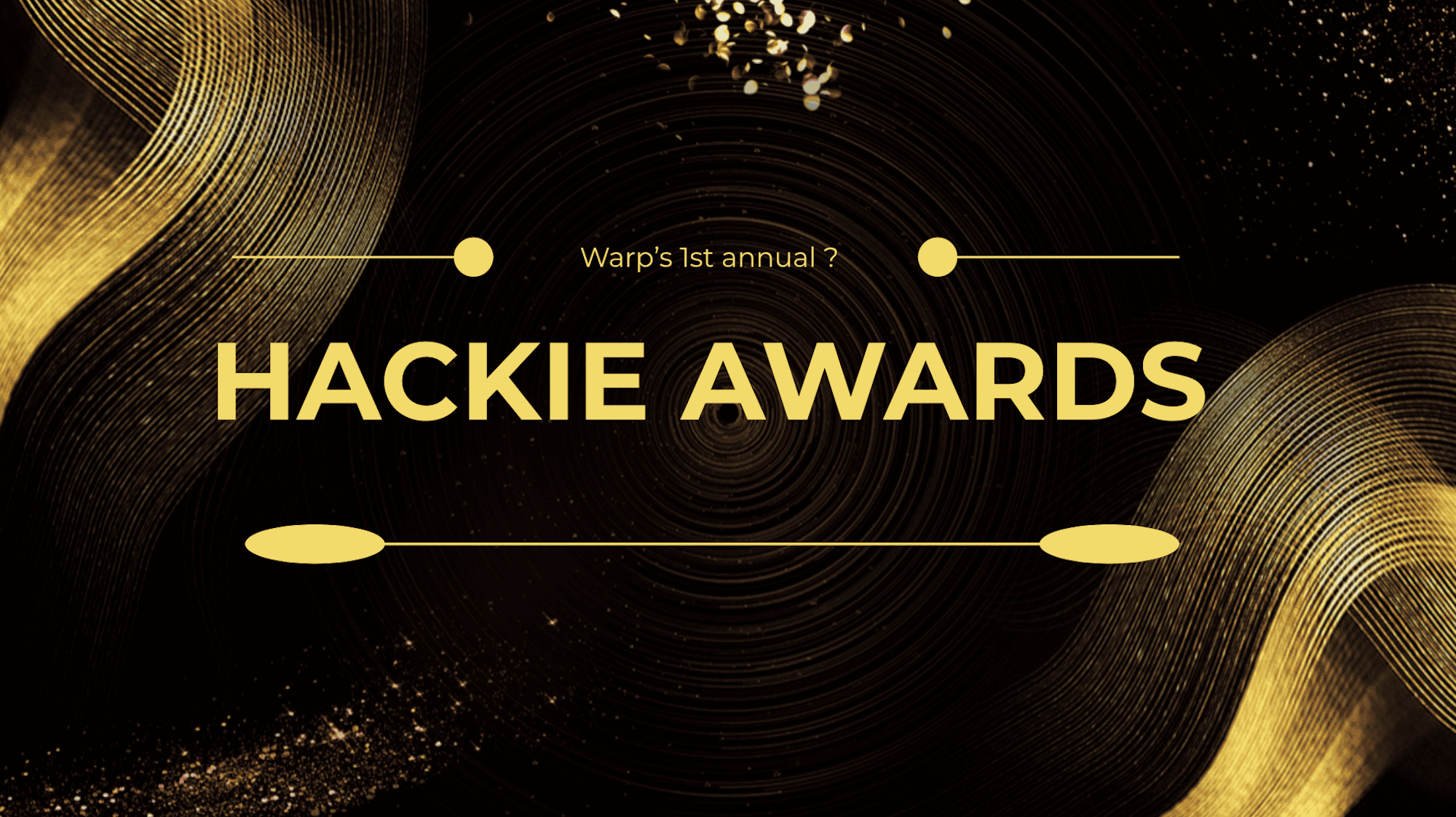
Warp's 1st annual Hackie Awards.
Learnings from Hack Week
After Hack Week wrapped, I sent a survey to the whole company at Warp to learn more about what worked and what didn’t work during our Hack Week.
Here are some things we learned. First the positive:
- The lack of meetings, the hyper focus (i.e. working on just one thing), and working on people’s passion projects all helped people get a lot done.
- The daily standup added excitement, seeing demos from other teams and wanting your own daily demo to be great.
- Being clear that a project wanted to ship was a fully separate lane, and having strong guidance about what to do to get there, worked well. With only a week to work, it’s important to have a plan and clear guidance!
And some things we learned!
- With all projects kicking off at the same time, Design can get overwhelmed, and we need to load-balance that thoughtfully. Conversely, with all projects wrapping up at the same time, Product Marketing can get overwhelmed, and we need to hand off thoughtfully.
- Creating space for failure is important. We’ve got a really ambitious, hard-working team, and we want hack week to feel like a space for experimentation and play.
From Hack Week to “Why Not?” Week
With so many features in good shape, we knew we needed a plan to get them release-ready and delivered to customers.
Over the next few weeks, we dedicated a percentage of our time to completing our Hack Week features. This work included small design updates, copy changes, and bug bashing to ensure the projects were ready to go into Warp stable.
Some of our projects didn’t make it through this phase. As we worked, we learned a few things weren’t totally ready to go, because of performance issues or otherwise.
For everything else, we packaged the features into our Thursday releases as they were ready, so we could get them in front of real Warp users as quickly as possible. You may have noticed a few of the updates in the Changelog recently.
From there, we knew we wanted a fun way to shine a light on these new features as a whole. Launch weeks are a great way to notify users about new features. Our Product Marketing team suggested we try to find a theme.
During some async brainstorming over Slack, Zach Lloyd suggested the idea of “Why Not?” Week and it stuck. “Why Not?” perfectly captures the spirit of this Hack Week and the features that were built as we worked to drive innovation for Warp.
Innovation often starts with curiosity.
Why shouldn’t the terminal work this way? Why not use a Hack Week to ship features customers can actually use?

